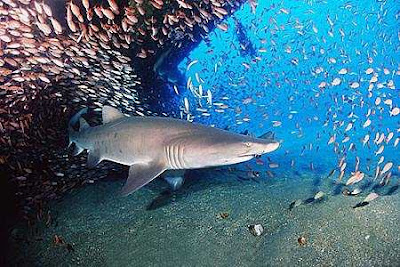
Uniform-wearing Iranians are in the middle of the US heart land to do battle with America’s finest and to try and learn some of our secrets. Sounds scary but actually it may help promote peace between the two countries.
In a program sponsored by George Bush, Iran’s national basketball team is in Utah to play some pre-Olympic tune-up games against the NBA and others. They are here on official business to learn as much from the NBA games as they can before they move on to Beijing for the Olympic Games in a few weeks.
To help them learn our secrets, they are being allowed to watch NBA teams practice as they get ready for the Rocky Mountain Revue summer series. They will also play the Utah Jazz and the Dallas Mavericks as part of the series of exhibition games. And they will play two other games against NBA Development League players.
Iran Basketball Federation director Mashhoun Raza said "We want to learn some more techniques of the basketball in America to take with us back. America is one of the best basketball teams in the world, so we are here to get some experience from them and play with them and to learn from them (and) get to a higher level."
The Iranians have a pretty good team themselves. They not only qualified for the Olympics for the first time in sixty years in this sport but they are the reigning FIBA Asian basketball champions.
They won’t just be stealing our basketball secrets. They will share some also. The Iranians helped at a free youth basketball clinic with D-League standouts at the Utah Flash's training facility.
And if they get a chance, they will take in some of Utah’s tourist venues. That may be the most interesting event as the Iranian Shi’a Muslims encounter the Utah Mormons.
State Department spokeswoman Darlene Kirk, of the Bureau of Educational and Cultural Affairs, said this exchange program began in 2006 when President Bush asked her office to "expand our people-to-people contacts with Iranian people." More than 160 Iran citizens from various professions — doctors, lawyers, judges, artists and other national sports teams — have visited the U.S. so far. A group of elite American wrestlers returned the favor by traveling to Iran in 2007. "This is one of the ongoing commitments to build a bridge with the Iranian people through citizen exchanges," Kirk said
The NBA is happy to help. "In an increasingly turbulent world, it is rewarding to bring people together to celebrate teamwork, discipline and respectful competition on the court," said NBA commissioner David Stern in a statement released by the league regarding the Iranians' Utah visit. "In this spirit," Stern continued, "the NBA embraces the opportunity to welcome the Basketball Federation of Iran and the Iranian Olympic team in a demonstration of how something as simple as a game of basketball can promote understanding."
On the court, the Iranians will fight the Americans with all they have. But they will be fighting without their best player, Aidin Bahrami, who was killed in a car accident in December. That said, they still have a 7-foot-5-inch beanpole center, Jaber Rouzbehani. The Iranian team is coached by Rajko Toroman, a native Serbian. He is assisted by Mehran Hatami, former Iranian national team member.
In the run up to the Olympics, the Iranians will have played 28 exhibition games in Italy, Serbia, Croatia, Slovenia, Lithuania, Australia and China, as well as the United States. After a week of intense basketball in the USA, the Iranians will retreat back home to Iran for five days of rest and recuperation before heading to China to get ready for the Olympics. Perhaps they will battle Americans there on the courts one more time.
